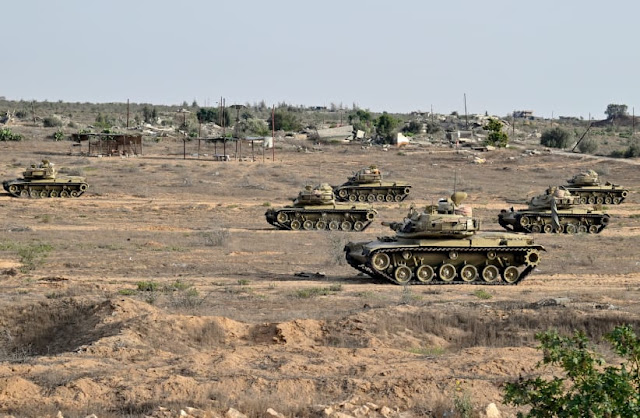The IDF killed Hamas commander Hassan Farhat during a strike in Lebanon's Sidon, the military announced on Friday morning. Farhat was the commander of the western sector of Hamas in Lebanon, the IDF said. During the war, Farhat was responsible for numerous terrorist plots, including launching rockets into Safed, the military added.
Addtionally, Farhat was responsible for launching the rocket fire that killed Staff-Sergeant Omer Sarah Benjo in February and wounded several others. Two additional people were also killed during Israel's strike in Lebanon that hit Farhat, the Hezbollah-affiliated news channel Al Mayadeen reported on Friday.
In February, the IDF withdrew from southern Lebanon but erected and maintained five new outposts in Lebanese territory. Defense Minister Israel Katz confirmed to The Jerusalem Post statements by IDF sources made on Wednesday that given the extensive destruction of villages in southern Lebanon, it could take three to five years of rebuilding before there is anything for Lebanese civilians to return to. With many observers concerned that Hezbollah would exploit this mass return of Lebanese civilians to return under the guise of being noncombatants, the realization of the extent of the destruction of Lebanese villages is expected to delay such a threat. (Ed note: Sidon, promised to Israel in Joshus 13:6) (Source)





























